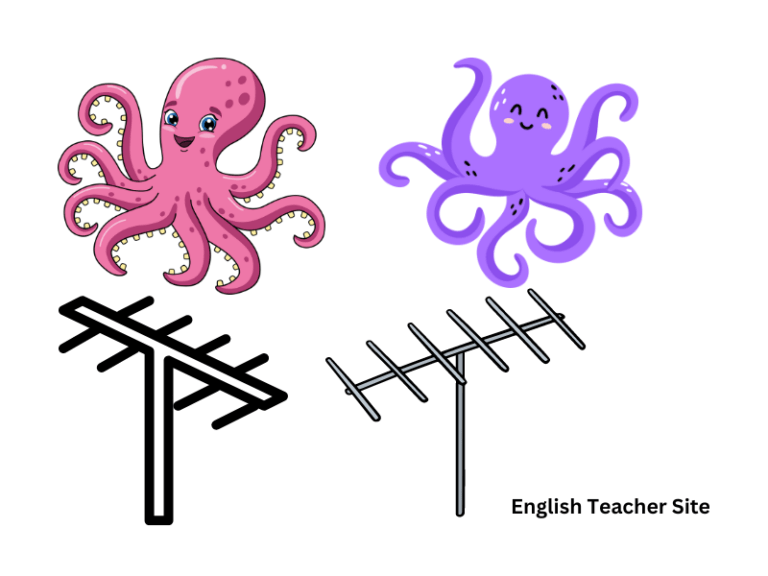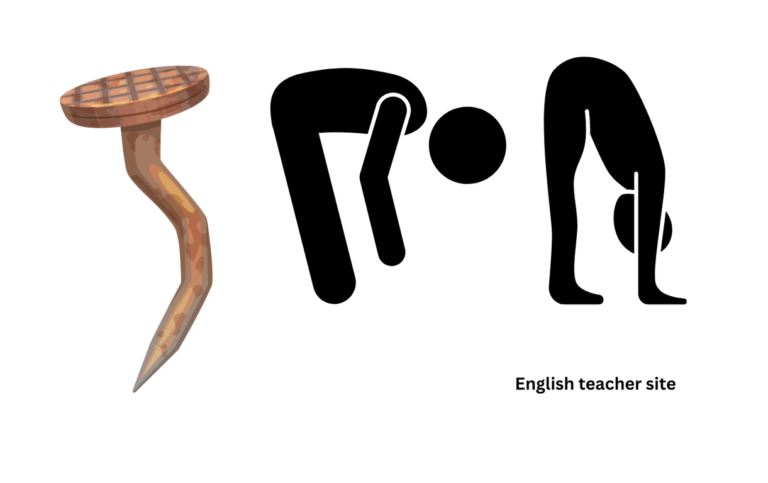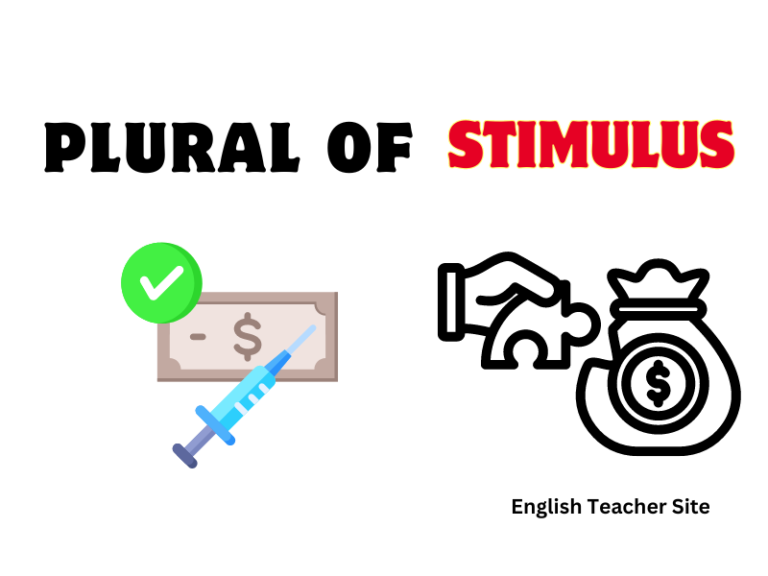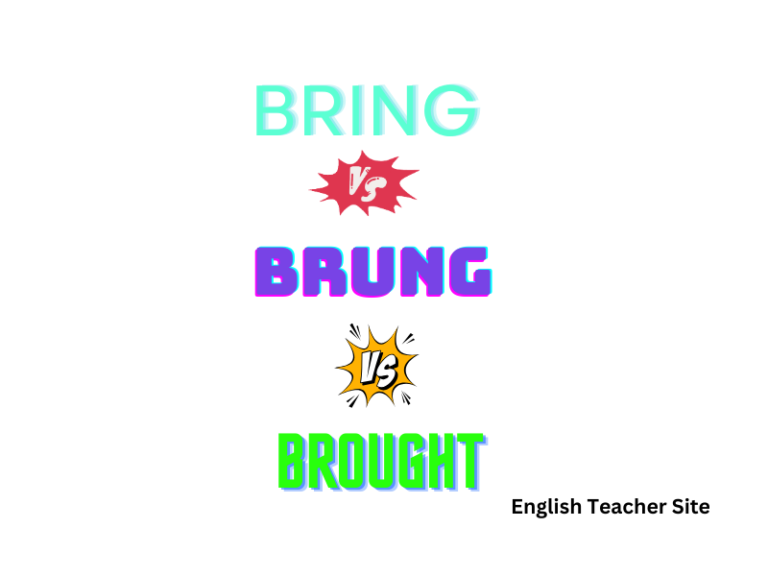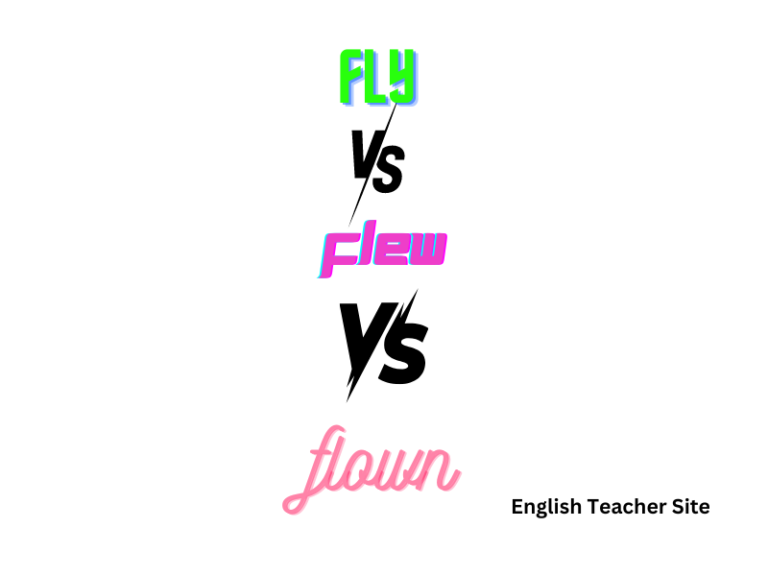What’s the Past Tense of Read: Understanding Verb Tenses in English
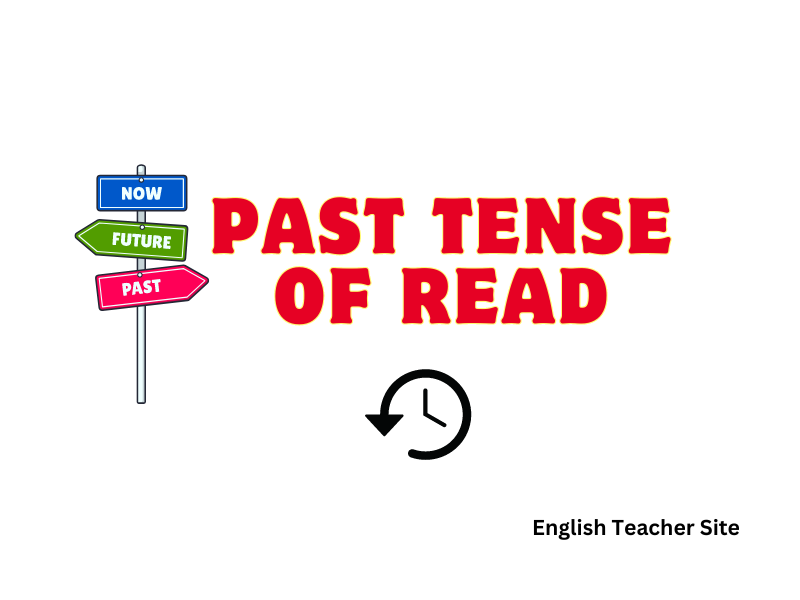
- “Read” maintains the same spelling in past and present tense but has different pronunciations.
- As an irregular verb, “read” does not follow the standard -ed pattern seen in regular verb conjugation.
- It’s important to distinguish “read” in past tense and past participle form to use it correctly in sentences.
The verb “read” belongs to the category of irregular verbs, which means its past tense form does not follow the standard pattern of adding -ed to the base verb, as with regular verbs. Irregular verbs require memorization since they do not adhere to a single rule for their conjugations. Understanding the usage of “read” as a past tense or a past participle is important for constructing proper sentences. For instance, “I have read the book” uses “read” as a past participle, while “I read the book yesterday” illustrates its past tense usage.
What’s the Past Tense of Read?
Past Tense of Read:
- The past tense of “read” is spelled the same as the present tense: “read”.
- However, it is pronounced as “red”, similar to the color.
Usage in Sentences:
- Present Tense: “I read a book every night.” (pronounced as “reed”)
- Past Tense: “Yesterday, she read a book before bed.” (pronounced as “red”)
Conjugation Table:
| Subject | Past Tense |
|---|---|
| I | read |
| You | read |
| He/She/It | read |
| We | read |
| They | read |
Past Participle:
- The past participle of “read” also happens to be “read”.
- When used in perfect tense constructions, it maintains its “red” pronunciation.
Examples of Past Participle:
- He has read the document.
- It has been read by many.
Conjugation Chart for the Perfect Tenses:
| Tense | Example Sentence |
|---|---|
| Present Perfect | They have read the book. |
| Past Perfect | She had read the novel before the meeting. |
| Future Perfect | We will have read the instructions by then. |
Conjugations of ‘Read’
Present Tense Conjugation:
- Singular: He/She/It reads
- Plural: They read
Past Tense Conjugation:
- Singular: He/She/It read (pronounced “red”)
- Plural: They read (pronounced “red”)
The verb ‘read’ does not change form between the past tense and past participle, though the context clarifies the correct tense.
Past Participle Conjugation:
- He/She/It has/had read
Here, context-driven sentences show how ‘read’ is used:
- “Yesterday, she read an entire novel.”
- “They have read that article before.”
| Tense | He/She/It | They |
|---|---|---|
| Present | reads | read |
| Past | read (red) | read (red) |
| Past Participle | has/had read | have/had read |
Conjugation in progressive tenses involves the present participle ‘reading’:
| Tense | He/She/It | They |
|---|---|---|
| Present Continuous | is reading | are reading |
| Past Continuous | was reading | were reading |
| Present Perfect Continuous | has been reading | have been reading |
| Past Perfect Continuous | had been reading | had been reading |
Regular or Irregular Verb: Read
The verb “read” is considered an irregular verb. This is illustrated by the fact that its past tense form is spelled the same as the present tense—read—but is pronounced differently. In the past tense, it is pronounced as “red”, rhyming with “bed”. Despite this irregularity, “read” maintains a consistent spelling across both tenses, which can cause confusion for learners.
| Tense | Form | Pronunciation |
|---|---|---|
| Present | read | /riːd/ |
| Past | read | /rɛd/ |
| Past Participle | read | /rɛd/ |
When conjugating “read” in various tenses:
- The present simple tense uses “read” (/riːd/).
- In the past simple and past participle forms, “read” is also used (/rɛd/).
Here’s how “read” appears in sentences:
- Present: They read a book every night.
- Past: Yesterday, they read the same book.
- Past Participle: They have read the entire series.
Understanding Read as Past Tense or Past Participle
The same spelling “read” is used for both the past tense and the past participle form but they are pronounced differently.
Past Tense:
- Pronounced as “red”
- Example: She read the book yesterday.
Past Participle:
- Pronounced like the past tense, “red”
- Used with helping verbs (has, have, had)
- Example: He has read all the novels by that author.
To fully grasp the usage, consider the following tables:
Conjugation Table for “Read”
| Tense | Form | Example Sentence |
|---|---|---|
| Present | read [reed] | She reads every morning. |
| Past | read [red] | Yesterday, they read a novel. |
| Present Participle | reading [ree-ding] | They are reading the instructions now. |
| Past Participle | read [red] | She has read the document thoroughly. |
Examples Table for “Read”
| Use Case | Example Sentence |
|---|---|
| Simple past without a helper verb | They read for hours last night. |
| Present perfect with a helper verb | She has read several books this month. |
- The same spelling but different pronunciation can lead to confusion, which only regular practice can overcome.
- Use mnemonic devices to remember: “I read [red] it when it was past” and “I have read [red] it by now”.
- English learners should listen to native speakers and practice writing sentences using the past tense and past participle forms of “read” to master the distinction.
Examples of the Verb ‘Read’ in English
In English, the verb ‘read’ in the present tense is used to describe the action of interpreting written or printed material. The present tense of ‘read’ is the same as the infinitive form but with different endings based on the subject. Here’s a closer look at how ‘read’ is employed in the present tense.
The base form of ‘read’ when associated with singular third-person subjects takes an -s at the end:
| Subject | Verb |
|---|---|
| He/she/it | reads |
In contrast, with first, second person, and plural third-person subjects, ‘read’ remains in its base form:
| Subject | Verb |
|---|---|
| I/you/we/they | read |
- I read the newspaper every morning to catch up on the latest news.
- You read the instructions carefully before starting the exam.
- When he reads a book, he often makes notes in the margins.
- We read in silence as the library rules suggest.
- For her book club, she reads two novels a month.
- They read the report thoroughly before the meeting.
These examples illustrate the present tense of ‘read’, which remains unchanged in written form irrespective of the tense; however, pronunciation differs between the present (reed) and past (red) tense forms. The present tense use emphasizes current habits or actions.
Examples of the Past Tense of ‘Read’ in Sentences
In the following tables, you’ll find examples of “read” in its past tense form to demonstrate its correct usage in sentences.
Table 1: Simple Past Tense of ‘Read’
| Subject | Sentence using ‘Read’ in Past Tense |
|---|---|
| She | She read the novel in one day. |
| He | He read the document carefully before signing. |
| They | They read the signs but still got lost. |
Table 2: Past Perfect Tense of ‘Read’
| Subject | Sentence using ‘Read’ in Past Perfect Tense |
|---|---|
| I | I had read the email before the meeting started. |
| We | By the time the class began, we had already read the chapter. |
| You | You had read the instructions incorrectly, which led to confusion. |
- He read the manual, yet the equipment still malfunctioned.
- The audience read the program while waiting for the concert to begin.
- She read over the report to ensure all the details were correct.
Origin of the Verb ‘Read’
The verb ‘read’ has a fascinating history anchored in the evolution of language itself. Its roots extend back to Old English, where it first appeared as “rǣdan” or “rēdan,” which holds meanings akin to advising or interpreting. Parsing the chronology of ‘read’ reveals a tapestry woven with various linguistic influences.
Early Origins:
- Old English: rǣdan
- Proto-Germanic: *raidjaną
The path of the word ‘read’ through languages shows an impressive journey. The table below includes the Old English and Proto-Germanic origins:
| Language | Inflection |
|---|---|
| Old English | rǣdan |
| Proto-Germanic | *raidjaną |
As one plunges into the etymological depths, one uncovers that ‘read’ is not just about the oral recitation of written words, but pivots on comprehension and interpretation.
Meaning Evolution:
Over centuries, the word broadened its semantic scope. Initially, ‘read’ implied counsel or interpretation, but its meaning expanded to include the processing and understanding of written text. Here’s how the meaning has transformed:
- Interpretation
- Comprehend written words
- Pronounce or articulate written text
The legacy of ‘read’ has been molded by these shifts, framing it as a rich linguistic artifact, mirroring the cognitive process of reading itself. Its pronunciation, though, has remained a notable linguistic quirk. While the present tense is pronounced as “reed,” its past tense and past participle forms are both spelled ‘read’ and pronounced as “red.”
Sources
- Definition of read.
- Etymology online, origin of read.
My name is Khamis Maiouf. I am the creator of the English Teacher Site, dedicated to providing valuable resources and insights for students around the world. With a passion for education and a commitment to helping students enhance their skills, I aim to make English teaching more effective and enjoyable for both educators and students.

